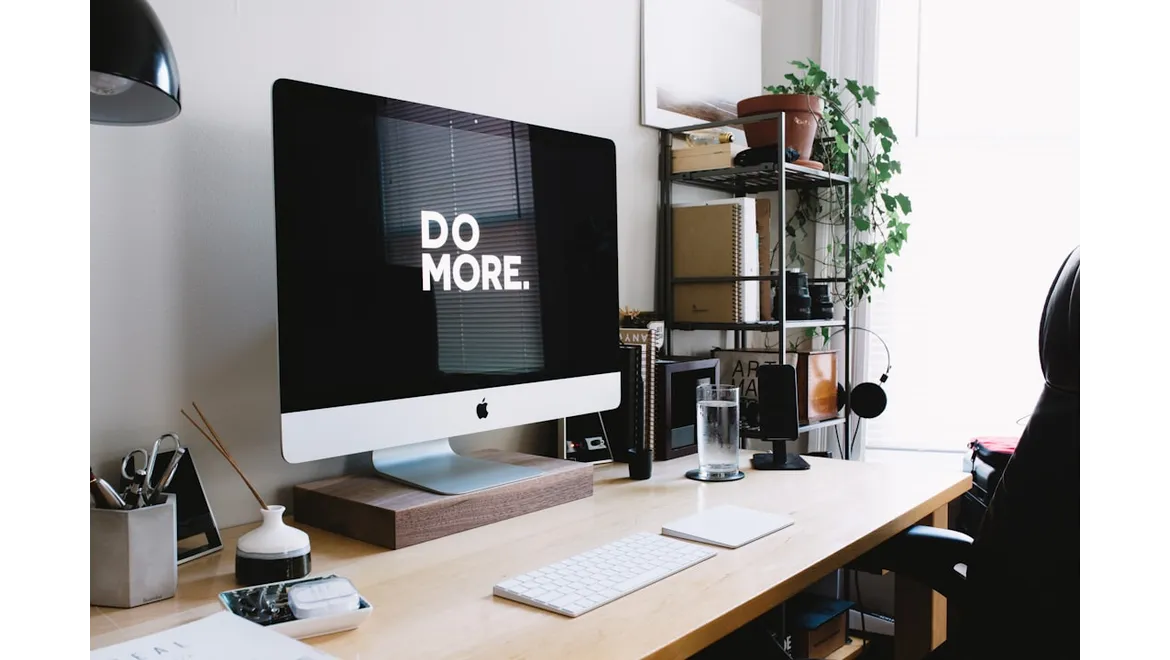Right, so I was chatting with my mate Hayden the other day about all this wellness stuff we’ve been reading about, especially how to make your home a haven for, well, you. We were specifically chewing over articles about turning your house into a personal wellness zone, and it got me thinking hard about my own dodgy home office setup. Hayden, bless him, is a bit of a guru when it comes to ergonomics.
“Honestly,” he said, mid-sip of his herbal tea (naturally!), “most people just slap a desk in a spare room and call it a day. But your body pays the price!” And he’s not wrong. I was practically a hunchback after a few hours chained to my laptop. So, we dug a little deeper, focusing on ergonomics at home, particularly setting up a workspace that doesn’t actively try to cripple you.
The Chair is King (or Queen!)
Hayden started with the absolute basics: the chair. “It’s not just somewhere to park your bum,” he declared dramatically. “It’s your throne! Your support system!” He’s right. A good ergonomic chair is an investment. Look for one with adjustable height, lumbar support, and armrests. You want your feet flat on the floor (or a footrest if your feet don’t quite reach), your knees at a 90-degree angle, and your lower back properly supported.
Practical tip: Spend some time trying out chairs before you buy. Go to a furniture shop, sit in them, adjust them, and see how they feel after 15 minutes. Don’t just go for the cheapest one! And don’t be afraid to get a second-hand, but high quality chair. They often come up on marketplace sites for a fraction of the original price.
Desk Dynamics: Height Matters
Next up: the desk. Hayden was adamant about getting the height right. “Your elbows should be at a 90-degree angle when you’re typing, and your wrists should be straight,” he explained. “If your desk is too low, you’ll slouch. Too high, and you’ll strain your shoulders.”
The solution? An adjustable standing desk. They’re not cheap, but they are game changers. Being able to switch between sitting and standing throughout the day is amazing for your posture and circulation. If a standing desk isn’t in the budget, consider desk risers, or even just sturdy books to elevate your laptop to the correct height.
Practical Tip: Use a measuring tape to work out your ideal desk height. When sitting correctly, measure the distance from the floor to your elbow. That’s roughly the height your desk surface should be.
Monitor Magic: Eye Level is Key
This was something I was completely overlooking! Your monitor should be at arm’s length and the top of the screen should be roughly at eye level. This prevents neck strain. Hayden suggested using a monitor arm to position it perfectly. Again, not essential, but a good investment if you spend a lot of time staring at a screen.
Practical tip: If you’re using a laptop, invest in a separate keyboard and mouse. This allows you to raise the laptop screen to the correct height without sacrificing typing comfort.
Beyond the Basics: Little Things That Make a Big Difference
It’s not just about the big things. Little tweaks can make a world of difference. Hayden was rattling off tips like a machine gun:
- Proper Lighting: Avoid glare on your screen. Position your desk so that light isn’t shining directly onto it. Use a desk lamp for task lighting.
- Regular Breaks: Get up and move around every 30 minutes. Stretch, walk around, or just look out the window.
- Wrist Rest: A wrist rest can help prevent carpal tunnel syndrome.
- Footrest: If your feet don’t reach the floor comfortably, use a footrest.
- Cable Management: Tidy cables prevent trips and distractions.
Making it a Habit
Hayden stressed that setting up your workspace is only half the battle. The real challenge is maintaining good posture and habits. He suggested setting reminders to take breaks and adjust my chair throughout the day.
Practical Tip: Use an app or timer to remind you to take regular breaks. There are loads of free ones available for your phone or computer.
After our chat, I made a few changes to my own setup. I raised my monitor, invested in a proper footrest, and started taking regular breaks. It’s made a noticeable difference! I’m no longer a hunchback in training, and I actually look forward to working at my desk (well, almost!).
Ultimately, creating an ergonomic workspace is about prioritizing your health and wellbeing. It’s about making small adjustments that add up to a big difference in your comfort, productivity, and overall quality of life. It’s not a one-time fix, but an ongoing process of refinement. Take the time to assess your current setup, identify areas for improvement, and experiment with different solutions until you find what works best for you. You’ll be surprised at how much of a positive impact it can have on your work and your health.


